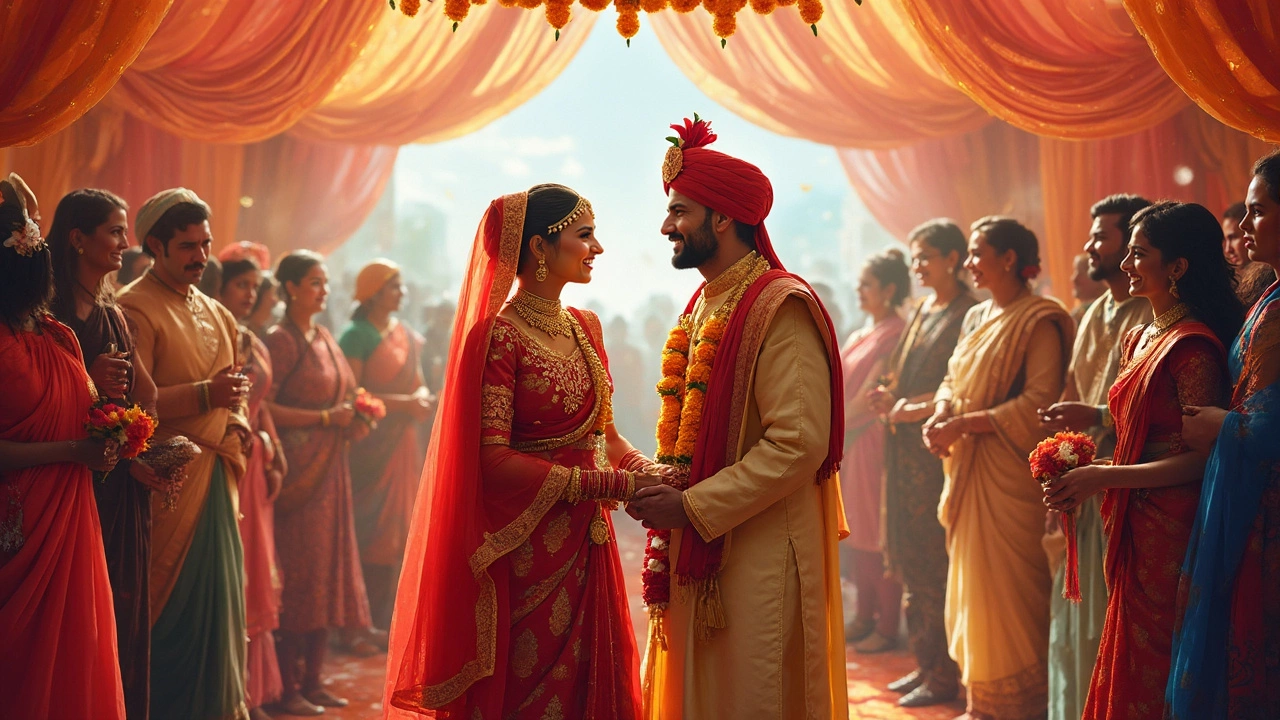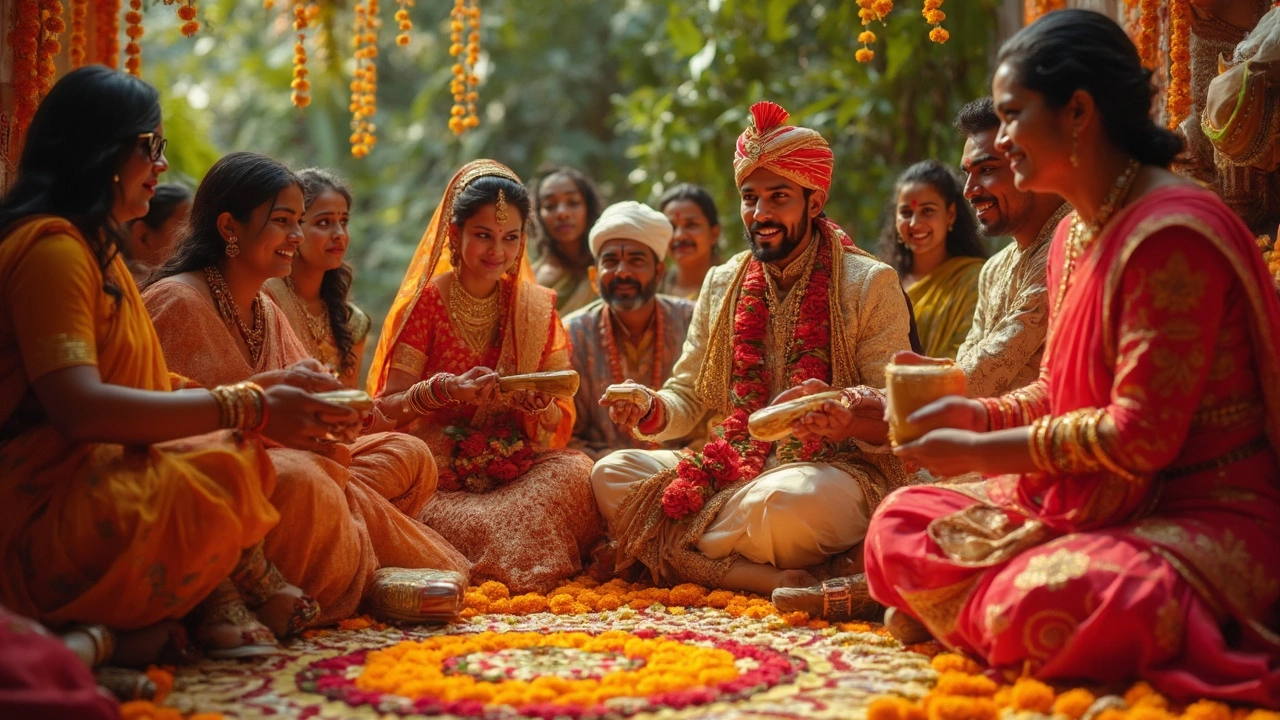Indian Wedding Traditions: What Happens and Why
If you’ve ever watched a Bollywood movie, you know Indian weddings look huge. They are full of colors, music, and a lot of steps that can feel confusing. This guide breaks down the main traditions so you know what to expect and how to join in without feeling lost.
Key Pre‑Wedding Rituals
Roka or Sagai is the first official promise between families. It’s a simple ceremony with a few sweets and a small gift exchange. No need for fancy outfits—just a neat dress or kurta works.
Mehndi is the night when the bride (and sometimes the groom) gets henna designs on her hands. The designs are mostly decorative, and the bride can practice with a pencil first if she’s nervous.
Sangeet is a fun music night where families sing, dance, and share jokes. It’s the perfect time to learn a few simple steps; you don’t have to be an expert.
The Main Ceremony and Its Moments
Haldi is a quick ritual where turmeric paste is applied to the couple for good luck. It’s messy but short—just bring a towel.
Baraat is the groom’s arrival with music and dancing. The bride’s side greets them with a garland. If you’re not driving the baraat, just join the line and enjoy the beats.
Varmala – the exchange of flower garlands – marks the first official meeting of the couple. A simple smile and a quick photo are all you need to capture the moment.
Kanyadaan is when the bride’s father hands her to the groom. It’s an emotional moment, so a respectful nod is enough.Saat Phere – the seven rounds around the holy fire – each round stands for a promise. Listen for the priest’s short explanations and stay focused; the whole thing lasts about 20 minutes.
Vidaai is the bride’s farewell. Family members may tear up, but you can offer a hug and a supportive word.
Reception follows the wedding day. It’s a party with food, dancing, and speeches. Dress smart, bring a small gift, and enjoy the celebration.
Planning an Indian wedding can feel overwhelming, but you don’t need to do everything at once. Prioritize the rituals that matter most to the couple and their families. If you’re short on time, focus on the main ceremony and a simple reception.
Remember, the spirit of Indian wedding traditions is about bringing families together and sharing joy. Respect the customs, ask questions when you’re unsure, and have fun. That’s the best way to make the day unforgettable for everyone involved.

